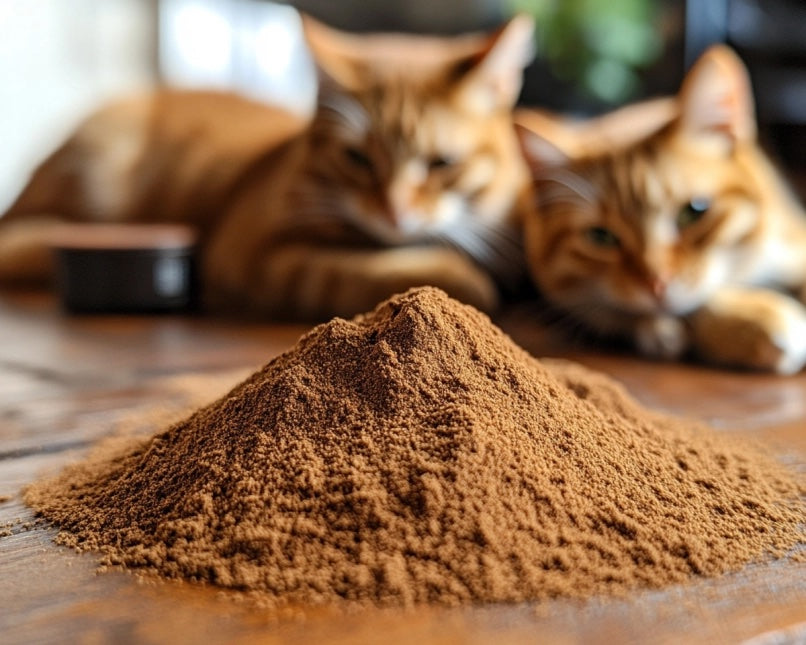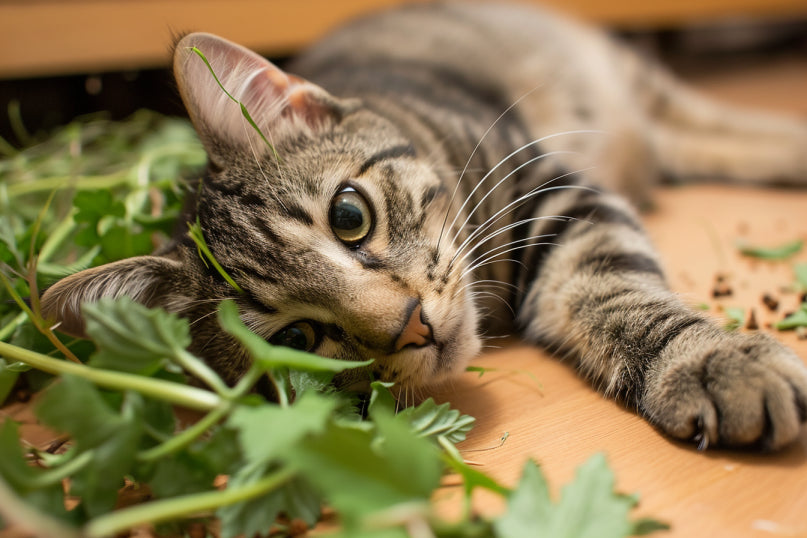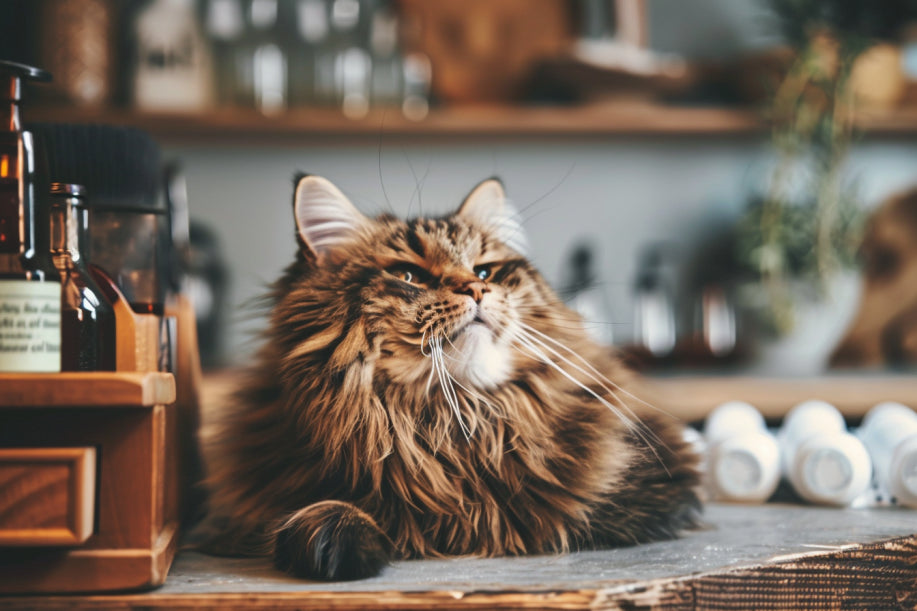
Most adult cats naturally seek out a fine sandy place to potty. “As long as litter boxes are inviting and stress-free, cats generally don't need to be trained to use them. Just show them where the boxes are and let nature take over,” says Dr. Jennifer Coates, DVM, who serves on the advisory board for Cat Life Today.
But some kittens need a little bit of encouragement to use the litter box, and some adult cats avoid using it. Whether you’re a new cat parent or you’ve adopted a special needs cat that’s going outside of the box, these simple tips will make litter training a snap.
Find the Right Litter Box
Newborn kittens don’t go to the bathroom on their own. They need to be gently stimulated before each meal. Use toilet paper or a baby wipe and rub your kitten's butt in a circular motion, continuing the movement while she’s pooping.
At three or four weeks of age, your kitten will start going to the litter box. Use a cardboard tray that has shallow sides. As your kitten grows, she’ll need a litter box that’s at least 1.5 times her length.
Your cat may feel safer in a hooded litter box. It’s helpful if she's an aggressive digger or stands on the box’s edge to poop or pee. Though a hooded litter box can concentrate odor and needs to be cleaned daily. Because your cat can’t see if another pet is lurking outside, she may prefer an open litter box.
Plan Where to Put the Litter Boxes
Until your kitten masters using the litter box, keep her in a room that doesn’t have rugs or carpet. Spread out her litter boxes, with at least one on every floor of your home. Don’t hide them in a dark corner in the basement or garage. If your cat spends the majority of her time in the living room, that’s where one of her boxes should be.
“Avoid placing litter boxes in locations where cats might be startled by loud noises (such as the buzzers on washers and dryers) or by someone suddenly appearing while they’re inside,” Coates says.

Provide More Than One Litter Box
Follow this simple rule: one litter box per cat, plus one extra. If you have one cat, you should have two litter boxes; two cats, three litter boxes. Some cats prefer to poop in one litter box and pee in the other.
Choose a Litter That’s Cat Safe
Cats like litters that feel like beach sand or garden soil. A 2018 study found that cats also prefer unscented litter to scented.
Here are some important points to consider before you buy your cat’s litter.- Use dust-free cat litter. The dust in traditional clumping litter can cause your cat to sneeze, wheeze, and cough after using the litter box.
- Kittens that are less than three months old may try to eat litter. Consider using litter made from paper, corn, or wheat. Though some kittens won’t use corn or wheat-based litter because it smells like food.
- Make sure that you avoid clumping clay litters. As the litter hardens, it can create a rock-like blockage in your kitten’s stomach and intestines.
- Avoid citrus or floral-scented litters. They can cause respiratory problems and allergic reactions if they’re used in a hooded litter box.
- Make sure that you can easily scoop your cat’s litter into a disposable bag without spilling it. To prevent odor and bacteria from leaking out of the bag, double it. Then throw it into a trash container with a lid.
- Don’t compost your cat’s clay or crystal litter. Cat feces have 2.5 times the amount of nitrogen as cow manure, which can make your plants’ leaves turn yellow or brown and wilt. It also has Toxoplasma gondii, a single-celled parasite that causes headaches, muscle aches, and other flu symptoms.
- Some cats develop strong litter preferences so make changes gradually. If you’re going to switch your cat’s litter, fill the box with 1.5 inches of the new litter. When you sift out your cat’s waste, clumps of the old litter will come out with it.
Reward Good Litter Box Habits
Kittens need to use the litter box within 30 minutes of eating, drinking, or sleeping. When you introduce your cat to her new box, you may need to encourage her to go in it. Gently swish around the litter. Dangle a string or teaser wand above the box for 10 to 15 minutes, so she’ll associate it with a good experience. When she uses it correctly, immediately praise her and give her treats.
If she makes a mistake, don’t yell or use a squirt bottle. Calmly clean up the mess with an enzymatic cleaner or warm water and soap. Don’t use bleach or ammonia-based products. Cat urine smells like ammonia, so using multi-surface cleaners will make the smell worse. Your cat is also more likely to eliminate in the same spot because she’s attracted to the ammonia smell.
And whatever you do, don't ever mix bleach with cat urine. It produces a toxic gas called chloramine, which can cause watery eyes, a runny nose, and coughing.

Keep the Litter Box Clean
Scoop your cat’s litter box daily and change it weekly. Completely empty the litter box and scrub it with a sponge and unscented dish soap once a month. Dry it thoroughly and add two to four inches of litter. If you use too much litter, your cat might be shaky as the “ground” shifts under her feet. She also may kick litter over the box. If you don’t use enough litter, her pee won’t be absorbed. She may not even try to cover her waste. Because plastic scratches and harbors bacteria, buy a new litter box and scoop at least once a year.
Follow Munchiecat on Facebook, Instagram, and Kickstarter.


